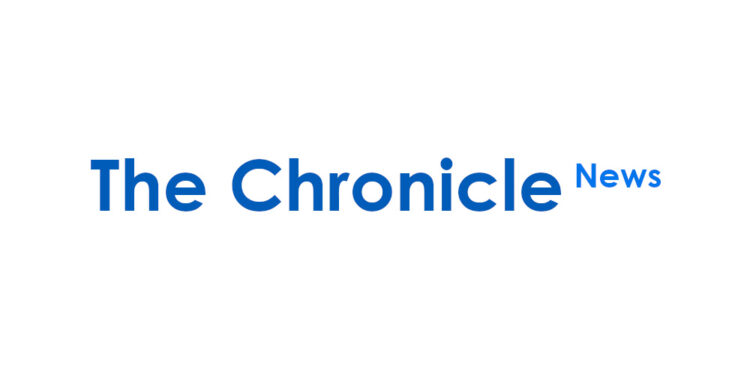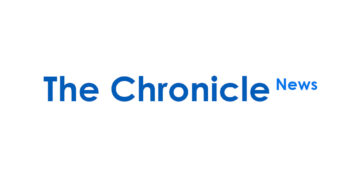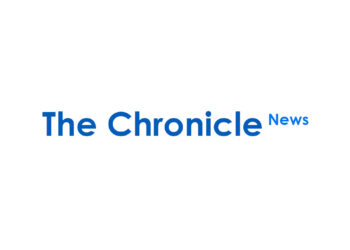How can educational institutions work together to help students complete degrees, diplomas and other credentials? How can we more completely recognize the student effort and learning that happens along the way?
If we are to help students make the most efficient use of their scarce time and money, we must answer those questions, especially if we also hope to assist area employers with their workforce needs.
It is not unusual for those of us in education to be competitive. Even so, we have a shared desire to see each of our students successfully complete their academic goals and become part of the fuel that drives Oklahoma’s economic engine. The term currently in vogue is “workforce development.”
Partnerships, cooperative agreements, articulation and transfer agreements, and memoranda of understanding are all part of the jargon used to indicate we are cooperating to support our shared students – even if we are also competing against each other.
To that end, Cameron University has a number of agreements in place with area high schools, community colleges, career technology centers and comprehensive universities geared toward producing more professionals who can meet the workforce needs of existing industries and help attract new industries to Oklahoma.
Whatever you choose to call them, these agreements can help students who are partially through their studies to complete a degree, earn a credential for entry into a new profession, or provide a refresher for skills that have grown rusty. These agreements are essentially partnerships between two or more institutions that establish a path for student transfer that is as seamless as possible for the student while assuring the integrity of the credential for the employer.
Due to the rapid and significant growth of concurrent enrollment programs, the Lawton Public Schools is our partner in serving the greatest number of students.
CU’s partner with the most shared agreements is Western Oklahoma State College. We collaborate with Western to support students in nursing, early childhood education, agriculture, business administration, elementary education, psychology, mathematics, chemistry, and sports and exercise science.
Our partner leading to the most degrees is Great Plains Technology Center with programs for Associate in Applied Science degrees in respiratory care and radiologic technology.
Cameron also has partnerships with the University of Oklahoma, Oklahoma State University, Rogers State University, the University of Science and Arts of Oklahoma, Redlands Community College, and Tulsa Community College.
Developing partnerships that benefit students is like a builder deciding where to put a sidewalk. We can draw a nice map, create the signs and then pour concrete … followed by a period of hoping pedestrians will want to walk where the sidewalk leads. Another approach is to spread rye grass on the ground, wait a few months, and then look for the ruts where people have walked more frequently. You then pour concrete where pedestrians actually travel.
After building my share of sidewalks (and programs) that few used, I have a definite preference for the latter approach. Our best partnerships are the ones created by listening to the aspirations of our students and needs of area employers, watching where they transfer and where they work, and only then convening the educational institutions to develop agreements.
After all, it’s all about the students and the communities we are here to serve.
— John McArthur is president of Cameron University
Want to reach a local audience and grow your business?
Our website is the perfect platform to connect with engaged readers in your local area.
Whether you're looking for banner ads, sponsored content, or custom promotions, we can tailor a package to meet your needs.
Contact us today to learn more about advertising opportunities!
CONTACT US NOW




